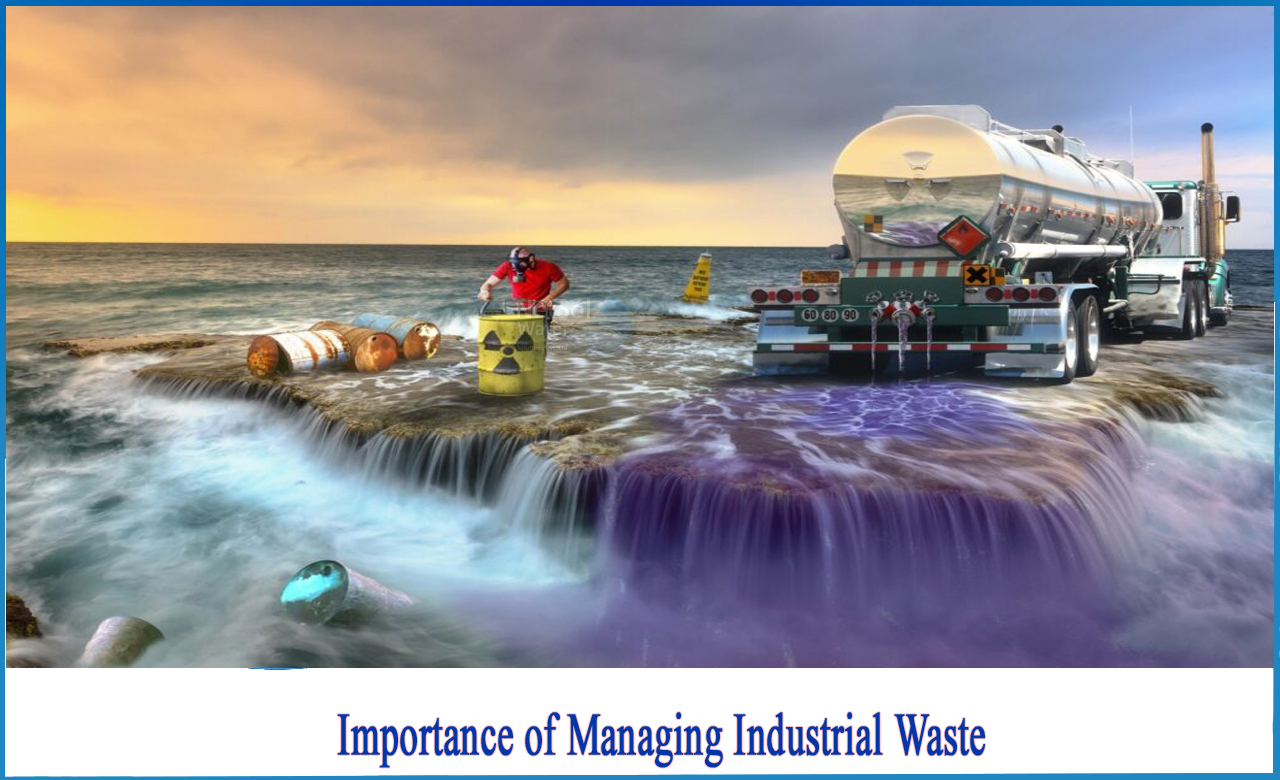All About Reclaim Waste
All About Reclaim Waste
Blog Article
Examine This Report on Reclaim Waste
Table of ContentsIndicators on Reclaim Waste You Should KnowGetting My Reclaim Waste To WorkGetting My Reclaim Waste To WorkThe Buzz on Reclaim Waste6 Simple Techniques For Reclaim Waste
Residential sewer waste refers to the waste and products from a property septic container. The proper administration and disposal of residential sewer waste need liquid waste to be transferred to a sewer treatment plant where the correct approaches and tools are applied to cleanse and dispose of waste.
Commercial waste usually includes prospective risks, such as combustible materials or a combination of liquid and solid waste items, and calls for an advanced and thorough disposal procedure. The disposal of industrial waste commonly involves the filtration of waste prior to transport to guarantee risk-free and correct disposal. Hazardous waste is produced from byproducts and runoff of industrial procedures and production.
This type of waste can not utilize the same sewage monitoring transportation or procedures as septic or business fluids. The industrial waste monitoring procedure calls for the evaluation and screening of fluid waste before it undergoes the disposal procedure (liquid waste removal melbourne). Drainage waste is the liquid waste that comes from overflow and excess stormwater in very booming areas or cities
Runoff waste can trigger contamination and flooding if not taken care of effectively. Ensuring appropriate waste management can protect against calamities and lower environmental harm.
Reclaim Waste Can Be Fun For Everyone
Call PROS Services today to find out regarding our waste management and disposal solutions and the correct ways to look after the liquid waste you create.
(https://hearthis.at/leon-aube/set/reclaim-waste/)This supposed 'wastewater' is not only a vital source but, after treatment, will certainly be released to our land, rivers or the sea. Made use of water from bathrooms, showers, baths, kitchen area sinks, laundries and industrial procedures is understood as wastewater.

water utilized to cool down machinery or clean plant and equipment). Stormwater, a type of wastewater, is runoff that streams from agricultural and urban locations such as roofing systems, parks, yards, roads, courses and rain gutters right into stormwater drains, after rainfall. Stormwater moves without treatment directly to regional creeks or rivers, ultimately getting to the sea.
Facts About Reclaim Waste Uncovered
In Queensland, a lot of wastewater is treated at sewer treatment plants. Wastewater is carried from domestic or industrial sites with a system of sewers and pump stations, called sewerage reticulation, to a sewer treatment plant. Local governments build, maintain and operate most sewage treatment plants. Operators are certified under the Environmental Management Act 1994 to discharge treated wastewater at an acceptable environmental standard into waterways.
The Department of Natural Resources advises neighborhood federal governments concerning handling, operating and keeping sewerage systems and treatment plants. In unsewered areas, city governments might need householders to install specific or family sewer treatment systems to deal with domestic wastewater from toilets, kitchens, restrooms and washings. The click here for info Division of Natural Resources authorizes making use of household systems when they are shown to be efficient.
The majority of stormwater gets no treatment. In some brand-new class, treatment of some stormwater to eliminate litter, sand and crushed rock has begun making use of gross contaminant traps. Wastewater therapy happens in 4 stages: Eliminates strong matter. Bigger solids, such as plastics and other objects wrongly released to sewage systems, are gotten rid of when wastewater is travelled through displays.
Wastewater after that streams right into big tanks where solids clear up and are gotten rid of as sludge. Grease and residue are skimmed from the surface area. Uses tiny living microorganisms referred to as micro-organisms to break down and eliminate remaining dissolved wastes and great particles. Micro-organisms and wastes are incorporated in the sludge. Gets rid of nitrogen and phosphorus nutrients that could cause algal flowers in our rivers and threaten aquatic life.
Examine This Report on Reclaim Waste
Nutrient elimination is not offered at all sewage therapy plants due to the fact that it requires costly specialist equipment. Clear liquid effluent produced after treatment might still have disease-causing micro-organisms - liquid waste disposal.

This normally indicates wastewater needs to be dealt with or contaminants removed prior to it can be discharged to waterways. Most wastewater moves right into the sewerage system. Under the Act, city governments carry out authorizations and licences for environmentally pertinent activities (Periods) including wastewater releases that could have a regional impact. The division provides authorizations and permits to Ages including wastewater releases that may have a local or statewide influence.
The Only Guide for Reclaim Waste
Monitoring supplies factual information about water quality and can confirm that licence problems are being fulfilled. The info obtained through monitoring supplies the basis for making water top quality decisions.
Report this page